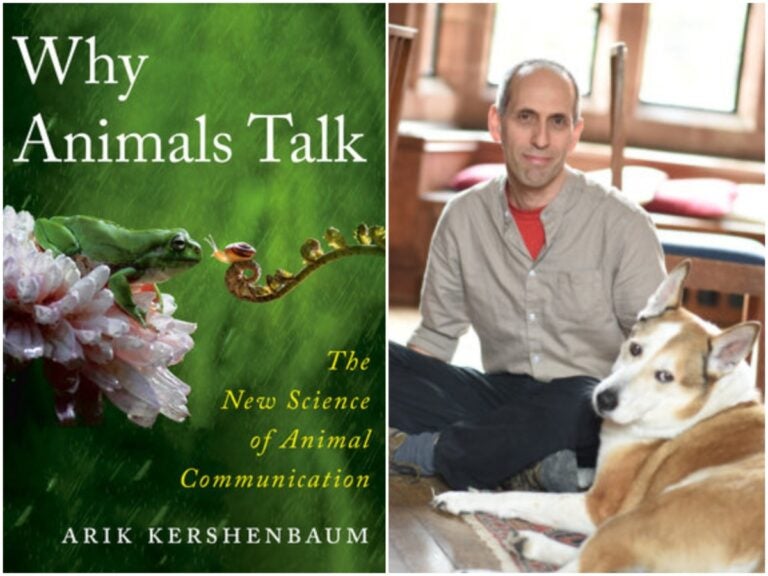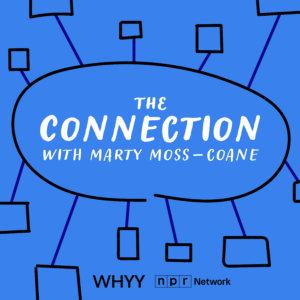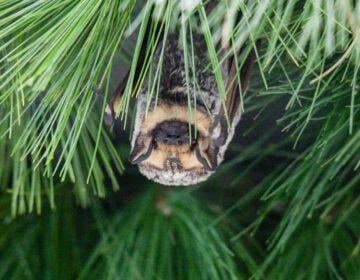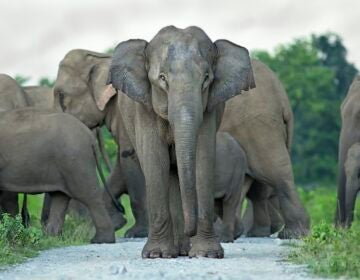Why animals talk
Dr. Arik Kershenbaum decodes howls, whistles, squeals, grunts and other sounds of the wild.
Listen 50:55
(Arik Kershehbaum)
Zoologist Arik Kershenbaum says hyraxes are charismatic animals. They are also smelly and aggressive, covered in fleas and ticks, making it tough to put radio collars on them.
Kershenbaum studies animal communication in the wild and has a particular interest in the vocalizations of the hyrax as well as dolphins, wolves, parrots, chimpanzees and gibbons. He says we can learn a lot about humans’ ability to use language by knowing more about the animal world. His new book is Why Animals Talk: The New Science of Animal Communication.
Kershenbaum writes that while animals don’t have their own languages, their whistles, howls, grunts, snorts and screeches mean something. He has done fieldwork in Yellowstone National Park, Vietnam, the Red Sea and the Mountains of Galilee. He’s a fellow at Girton College, University of Cambridge
WHYY is your source for fact-based, in-depth journalism and information. As a nonprofit organization, we rely on financial support from readers like you. Please give today.






